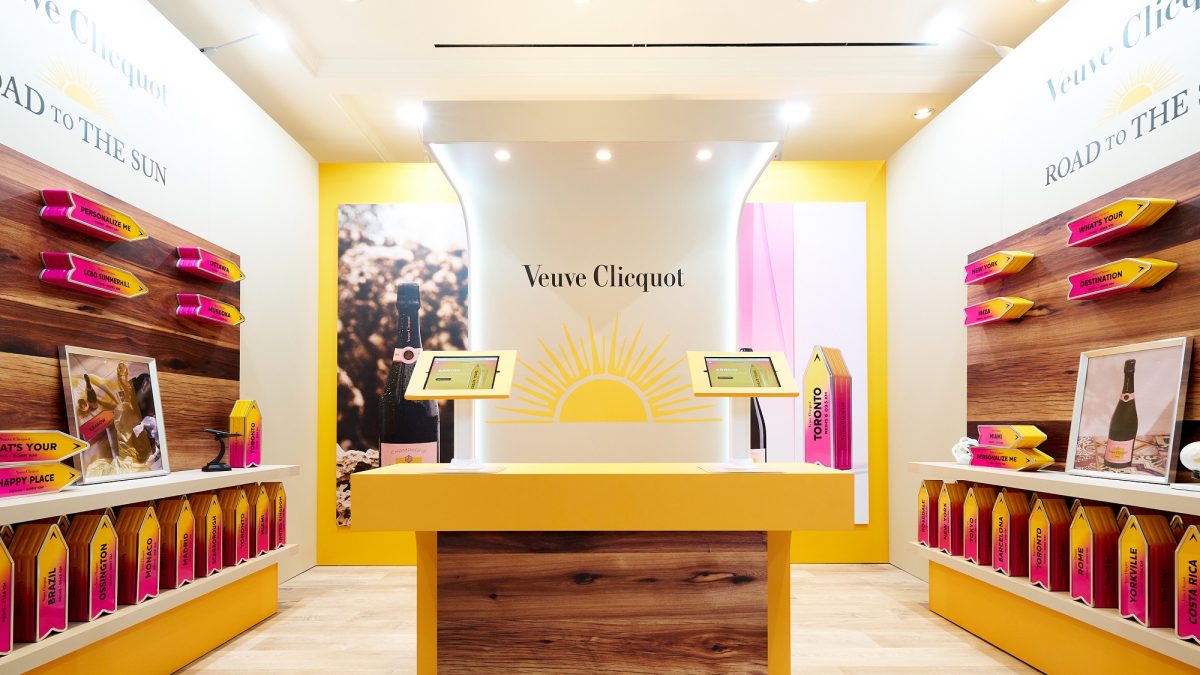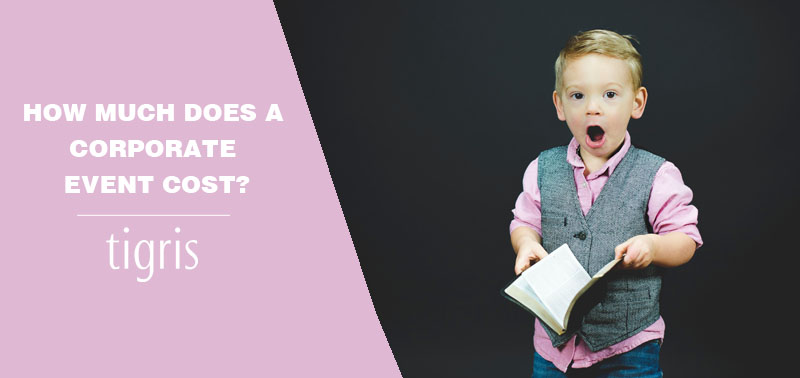Sustainability in Activations: ESG-Driven Experiences that Matter

Humanized Tech: How AI-Driven Experiences Are Redefining Events
September 16, 2025
Event Staffing: How the Human Touch Shapes the Guest Experience
September 30, 2025In recent years, consumers and corporate stakeholders alike have moved beyond viewing sustainability as optional. In fact, it’s increasingly being seen now as a core expectation among many audiences.
For brands using experiential marketing, ESG (Environmental, Social, Governance)-aligned activations are becoming differentiators that set you apart from competitors.
Here’s how ESG principles are shaping activations in 2025, the research backing this trend, and how you can design sustainable activations that deliver impact both for your audience and the wider environment.
1. Why Sustainability Matters More Than Ever
It’s widely agreed that sustainability is viewed highly by many potential audiences today. It affects not just attendance but overall impressions of the brand hosting the event as well.
To give a sampling:
- A survey by Gevme found that over 68% of consumers are more likely to attend events by companies that prioritize eco-friendly event management and sustainable practices.
- According to DisplayWise’ reporting of experiential marketing trends, sustainability and transparent ESG reporting are among the top concerns in 2025, with brands facing growing pressure from consumers and regulators to prove their environmental credentials.
- Research published in Harvard Business Review shows sustainability demands are rising and that consumers increasingly expect brands to “make good on their promises” and are starting to treat sustainability as a baseline requirement, not just a perk.
Together, these findings signal that ESG isn’t just about reducing environmental harm. Increasingly, it’s also about brand trust, loyalty, and competitive positioning.
2. Key ESG Components in Experiential Activations
To design activations that truly matter, consider these ESG pillars:
- Environmental: Minimize waste, choose sustainable and locally‐sourced materials, use energy-efficient lighting and tech, reduce carbon footprint (transport, energy, print).
- Social: Inclusive design (accessibility, cultural sensitivity), supporting local communities, ensuring fair labor practices among vendors and event staff.
- Governance/Transparency: Being clear about sustainability claims, measuring and reporting impact (waste diverted, carbon saved, local economic support), adopting relevant standards (e.g. ISO 20121 for event sustainability management).
3. Design Ideas & Best Practices for Sustainable Activations
Here are practical strategies that are trending or emerging, backed by experience and recent studies:
- Modular, Reusable Builds: Instead of one-off booth or installation designs, using modular structures and components that can be reconfigured, reused, or repurposed.
- Waste Reduction Through Digital Innovation: Use digital signage instead of printed signs, digital tickets and registration, minimize single-use items.
- Eco-Material Choices: Biodegradable, recycled, or locally-sourced materials; use non-toxic paints, minimal plastic. Some sources note that audiences are more demanding about material sourcing and sustainability credentials in materials used.
- Visible Sustainability Metrics: Real-time dashboards or displays showing how much waste has been reduced, energy saved, or carbon emissions offset during the event. Trends indicate brands are increasingly adopting “structured, measurable practices” rather than just symbolic eco-gestures.
- Partnerships & Local Impact: Collaborate with local suppliers, local charities, community organizations to reduce transport emissions, support local economy, and make the activation more rooted in place.
4. Consumer Response & Market Insights
None of this is hypothetical either. There’s plenty of research that backs up the fact that consumers value sustainability.
Some examples:
- Festival and event attendee studies reveal that events with green practices like good waste management and sustainable design are perceived as higher quality, and attendees report greater satisfaction. For instance, research finds that guests at festivals will pay more on average if the event emphasizes green environment/food practices.
- According to one source, there’s evidence that although many consumers care about environmental issues, there is still a “value-action gap” where expressed concern doesn’t always translate to action. This means authenticity is crucial—brands can’t just say they’re green; they must do it.
- Over 68% of attendees are more inclined to attend events held by companies with eco-friendly practices, signaling a strong demand for sustainability in event design.
5. How to Measure & Report ESG Impact for Activations
To ensure your sustainable activation isn’t just performative, build in these measurement and reporting processes:
- Track metrics such as: waste diverted / recycled, energy consumption, CO₂ emissions (transport, electricity), percentage of materials reused or recycled, attendee satisfaction with sustainability elements.
- Use attendee feedback surveys to gauge perception around sustainability. That is, what people saw, appreciated, or suggested.
- If relevant, aim for third-party standards or certifications (e.g. ISO 20121 for sustainable event management).
- Be transparent in reporting on your website or in post-event communications about what was achieved and what lessons were learned. Visibility builds trust.
Conclusion
Sustainability in activations is more than good branding. It’s also becoming a strategic imperative for many brands hoping to stay ahead of the curve and better connect with their audience.
At the end of the day, ESG-driven experiences create emotional connection, align with consumer values, mitigate risks, and help brands stand out. As expectations shift, the experiential brands that commit to genuine, measurable sustainability will lead, not follow.
At Tigris Events (powered by Simon Pure), we’re passionate about designing activations that do right by the audience and the earth. From sourcing sustainable materials to minimizing waste, partnering locally, and reporting impact, we help brands deliver experiences that are meaningful, memorable, and responsibly made.
FAQ: Sustainability in Experiential Activations
- What does ESG mean in the context of event activations?
ESG stands for Environmental, Social, and Governance. In events, this translates to reducing environmental impact, creating inclusive experiences, and ensuring transparency in reporting sustainability practices.
- Why should brands care about sustainable event design?
Research shows that more than two-thirds of consumers prefer brands that prioritize sustainability at events. Going green builds trust, improves brand perception, and aligns with growing consumer expectations.
- What are some examples of sustainable practices in activations?
Common practices include modular and reusable tradeshow builds, using recycled or biodegradable materials, digital signage to reduce paper waste, sourcing locally, and offsetting carbon emissions.
- How can event organizers measure sustainability impact?
Metrics might include waste diverted, carbon footprint reduction, percentage of reusable materials, or attendee feedback. Some events pursue certifications like ISO 20121 to validate their sustainability efforts.
- Are sustainable activations more expensive to produce?
Not always. While some eco-materials or certifications may have higher upfront costs, savings often come from reuse, reduced waste disposal, and long-term efficiency. Plus, the ROI includes stronger consumer trust and loyalty.




